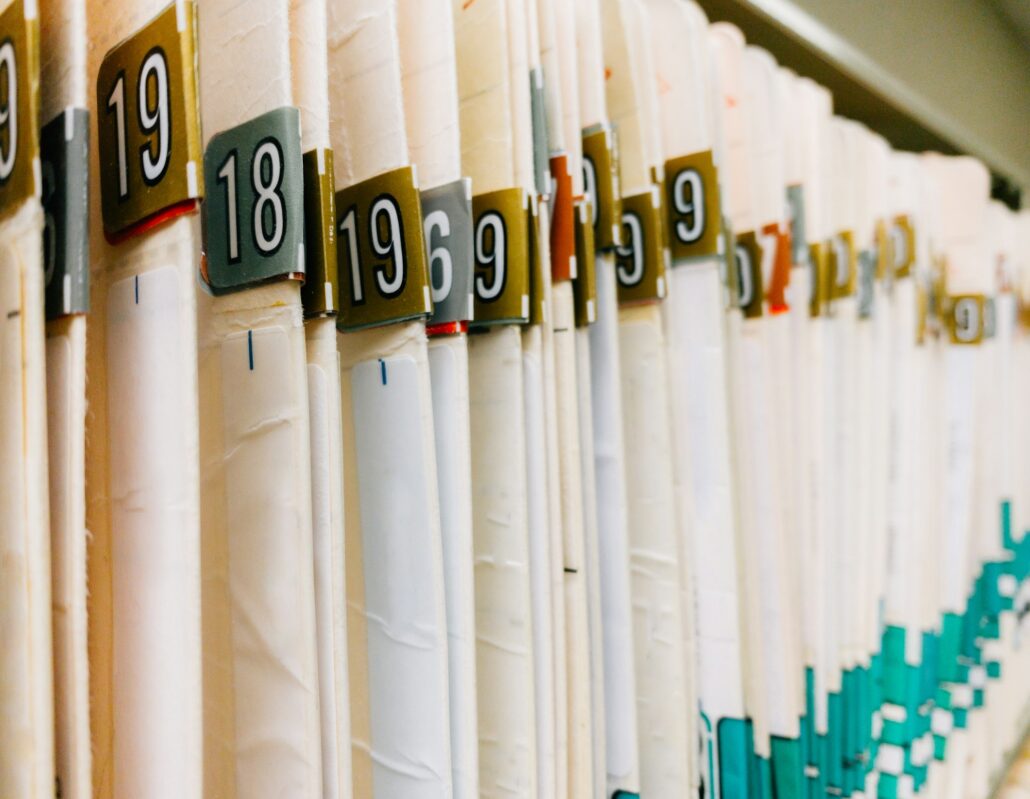Managing medical records might not be the most exciting part of running your own practice, but it’s definitely one of the most important. Keeping things organized not only helps you provide better care for your patients, but it also keeps you on the right side of the law and helps you sleep better at night. Knowing how long to keep these records and how to keep them up-to-date can be a bit tricky, though. So, let’s dive into some simple, effective tips to help you get a handle on your medical records management.

How Long Should I Keep Medical Records?
General Guideline
A common rule of thumb for keeping medical records is to hang onto them for 7-10 years after the last patient visit. This period usually covers legal requirements and most malpractice claims. However, it’s a good idea to check the specific regulations in your state or country.
State and Country-Specific Requirements
Although the 7- to 10-year rule is a good starting point, some states and countries might have different requirements. For instance, certain places could require longer retention periods for specific types of records or patient groups. Make sure to check local rules to stay fully compliant.
Special Cases
Special cases, like minors and Medicare/Medicaid patients, often need longer retention periods. For minors, it’s usual to keep records until they reach adulthood, plus the standard retention time.
Tips for Managing and Updating Medical Records
Regular Audits
Regularly checking your medical records is key to keeping them accurate and complete. Make time for periodic reviews to ensure everything is up-to-date and error-free. These checks can help spot any gaps or inconsistencies so you can fix them quickly.
Keep in mind that monthly checks can be done much quicker than quarterly audits.
Digital Records
Switching to electronic health records (EHRs) has a ton of benefits, like easier access, better organization, and boosted security. EHRs make updating and managing records a breeze, cutting down on errors and lost documents. If you haven’t yet, think about making the move from paper to digital.
Data Security
Protecting patient information is super important. Make sure your practice follows HIPAA regulations and other data protection laws. Use strong security measures like encryption and access controls to keep sensitive info safe. Keep your security protocols updated to tackle new threats.
Disposing of Old Records
Proper Methods
When it’s time to get rid of old medical records, it’s crucial to do it securely and confidentially. Shredding paper records and permanently deleting digital files works well. Make sure all data is completely unrecoverable to keep patient privacy safe.
Importance of Confidentiality
Confidentiality is key when it comes to managing medical records. Mishandling patient info, even when getting rid of it, can cause serious legal and ethical problems. Always keep confidentiality in mind when handling and disposing of records.
Practical Steps to Stay Organized
Setting Up a System
Set up a systematic way to organize and access medical records. Clearly label and sort files, whether they’re physical or digital. Use a consistent format for documentation so staff can easily find and update records.
Training Staff
Training your team on the best practices for managing medical records is crucial. Make sure everyone gets the importance of accurate documentation, data security, and proper disposal methods. Holding regular training sessions can help keep everyone aligned and emphasize the significance of these practices.
Conclusion
Efficient management of medical records is one of those non-exciting tasks that must be done. Stay on top of legal requirements, perform regular checks, switch to digital records, safeguard your data, and dispose of old records properly to keep your documentation spot-on. These steps not only enhance patient care but also protect your practice from legal troubles and boost overall efficiency.
Ready to elevate your medical records management? Start implementing these tips today and experience a well-organized, compliant practice!





